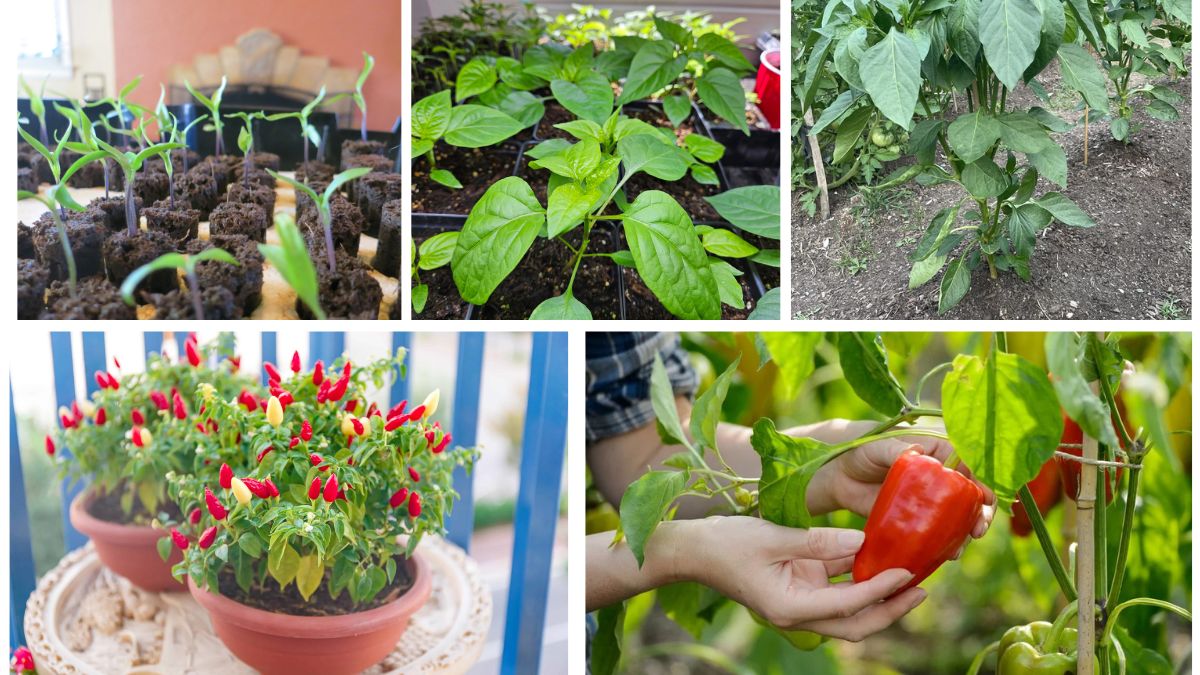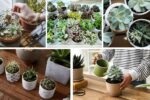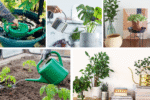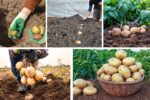Peppers are among the most rewarding plants to grow at home, offering both ornamental beauty and a tasty harvest. Whether you’re interested in sweet bell peppers or fiery chili varieties, growing peppers from seeds is a fulfilling process that allows you to control the entire journey from sprout to harvest. However, peppers can be a little tricky for beginners due to their slow germination and specific growth needs. With proper care, patience, and technique, you can grow healthy pepper plants and enjoy an abundant harvest.
This step-by-step guide will provide you with everything you need to know about growing pepper plants from seeds successfully.
1. Choosing the Right Pepper Seeds
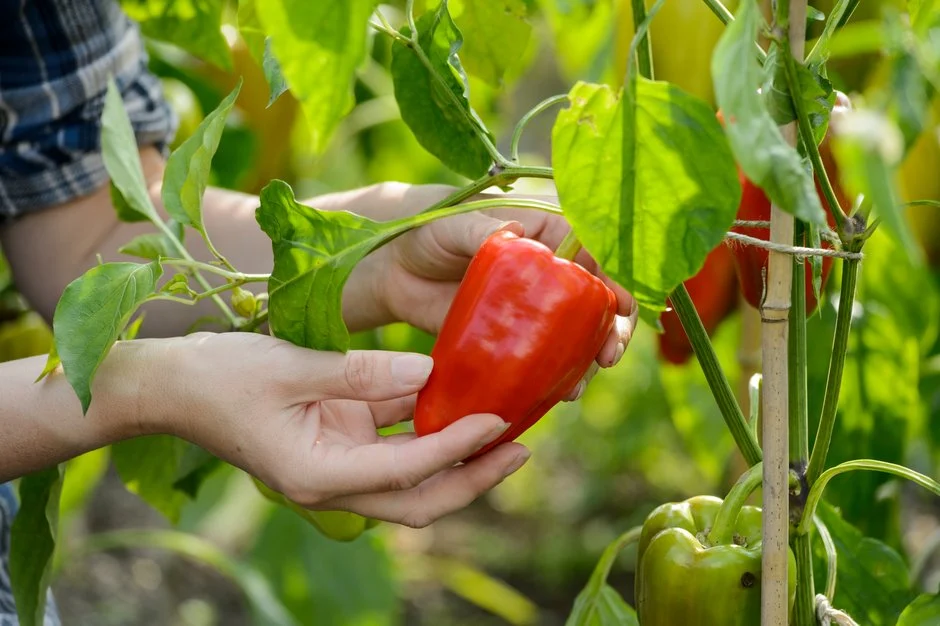
The first step to success lies in selecting the right variety of pepper seeds. There are hundreds of options, ranging from sweet bell peppers to hot varieties like jalapeños, cayenne, and habaneros.
- Sweet Peppers: Bell peppers, banana peppers, and sweet Italian peppers are great for beginners.
- Hot Peppers: Jalapeños, serranos, and Thai chilies offer moderate heat.
- Super-Hot Varieties: Habaneros, ghost peppers, and Carolina Reapers require patience and longer growing seasons.
When choosing seeds, consider your local climate, the length of your growing season, and your culinary preferences. Opt for disease-resistant and hybrid seeds if you want dependable yields, or heirloom seeds if you prefer unique flavors and saving seeds for future planting.
2. Preparing for Germination
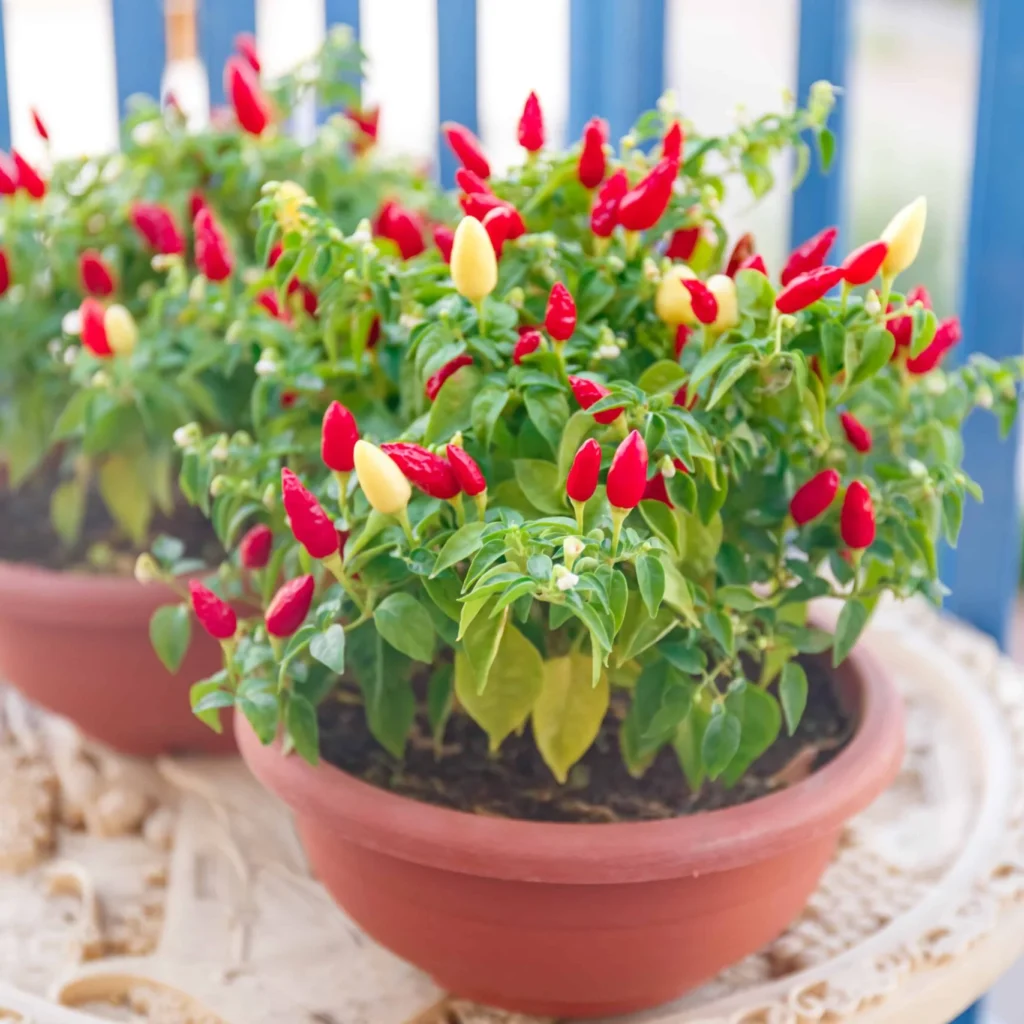
Peppers are warm-season crops and need consistent warmth to germinate. Starting seeds indoors is highly recommended, especially in regions with shorter summers.
- Timing: Start seeds indoors 8–10 weeks before the last expected frost in your area.
- Seed-Starting Mix: Use a light, well-draining seed-starting mix instead of garden soil to prevent diseases and encourage strong root growth.
- Containers: Small seed trays, peat pots, or biodegradable starter cells work well.
3. Planting Pepper Seeds
Planting pepper seeds correctly will give them the best chance to germinate.
- Depth: Plant seeds about ¼ inch (6 mm) deep.
- Spacing: If using trays, plant 2–3 seeds per cell, thinning later to the strongest seedling.
- Watering: Keep the soil moist but never soggy. Use a spray bottle for gentle watering.
- Covering: Place a plastic dome or wrap over the trays to maintain humidity until seeds sprout.
4. Creating the Perfect Germination Conditions

Peppers require warmth and light to germinate.
- Temperature: Ideal soil temperature is 75–85°F (24–29°C). Use a seedling heat mat if needed.
- Light: Once seedlings sprout, they need 12–16 hours of light daily. Place them near a bright window or use grow lights.
- Time to Sprout: Pepper seeds can take anywhere from 7 days to 3 weeks to germinate, depending on the variety.
Patience is key here—don’t be discouraged if your seeds take longer to sprout than other vegetables.
5. Caring for Pepper Seedlings
Once your pepper seeds sprout, shift your focus to growing strong, healthy seedlings.
- Thinning: Snip weaker seedlings at the soil line, leaving the strongest one per cell or pot.
- Watering: Water regularly, keeping the soil moist but not waterlogged. Overwatering may cause damping-off disease.
- Fertilizing: After seedlings develop their first true leaves, feed them with a diluted liquid fertilizer (half-strength).
- Airflow: Provide gentle airflow with a fan to strengthen stems and reduce disease risk.
6. Transplanting Pepper Seedlings
When seedlings grow 6–8 inches tall and have several sets of true leaves, they are ready for transplanting into larger pots or your garden.
Hardening Off
Before transplanting outdoors, harden off seedlings by gradually exposing them to outdoor conditions:
- Day 1: Place seedlings outside for 2–3 hours in a shaded area.
- Day 2–7: Increase exposure time and light gradually.
- After a week, seedlings should withstand full sun and outdoor conditions.
Soil Preparation
Peppers thrive in fertile, well-drained soil with a pH of 6.0–7.0. Enrich soil with compost or well-rotted manure before planting.
Transplanting Guidelines
- Spacing: Plant peppers 18–24 inches apart, with rows spaced 24–36 inches apart.
- Depth: Plant seedlings at the same depth they were growing in their pots.
- Mulching: Apply organic mulch around the base to retain moisture and regulate soil temperature.
7. Caring for Mature Pepper Plants
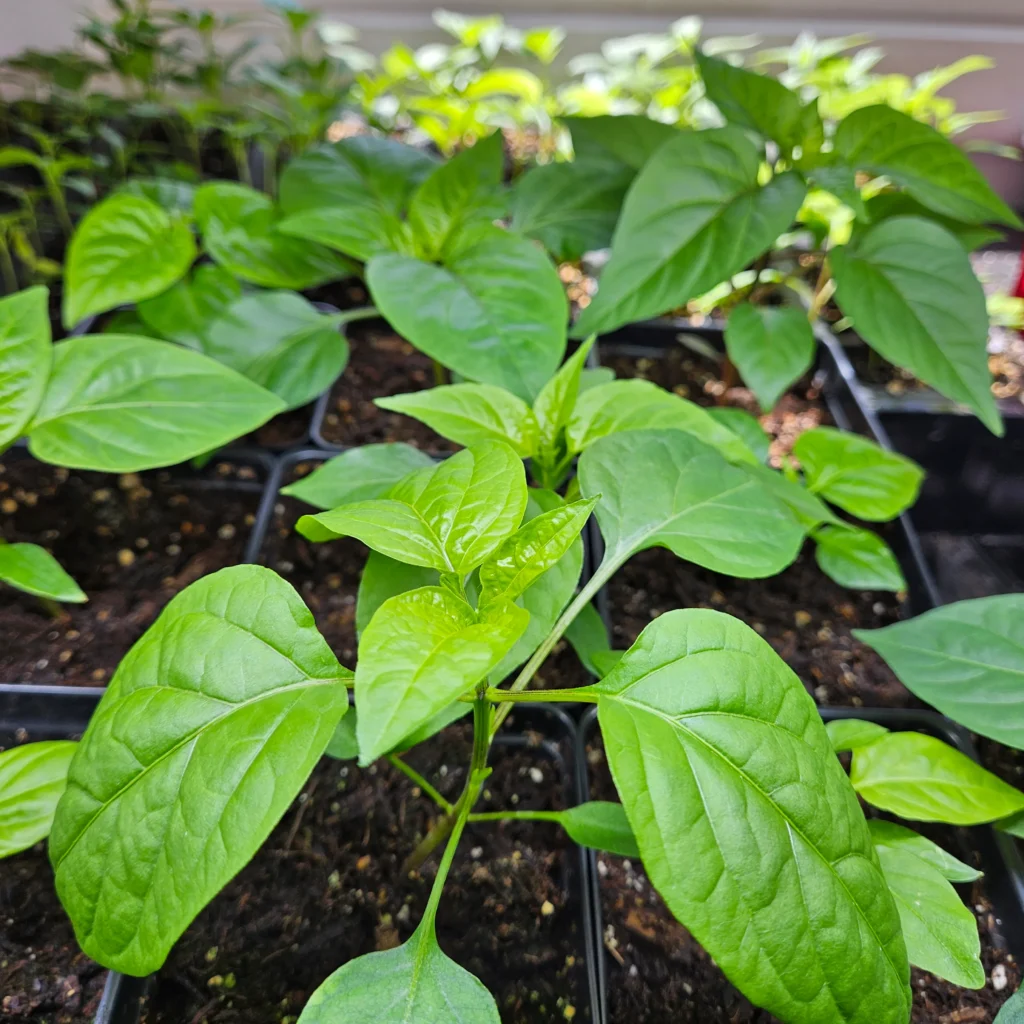
Proper care ensures healthy growth and heavy yields.
- Watering: Keep soil consistently moist but not waterlogged. Peppers need about 1–2 inches of water per week.
- Fertilization: Feed with a balanced fertilizer during early growth. Once flowers appear, switch to a fertilizer high in potassium and phosphorus to encourage fruiting.
- Pruning: Remove the first few flowers to allow the plant to focus on root and leaf development early on. Light pruning also improves airflow.
- Staking: Taller varieties may require stakes or cages to support heavy fruit loads.
8. Pest and Disease Management
Peppers are prone to certain pests and diseases, but with preventive measures, you can minimize damage.
- Common Pests: Aphids, spider mites, whiteflies, and cutworms.
- Solutions: Use insecticidal soap, neem oil, or encourage beneficial insects like ladybugs.
- Diseases: Watch out for bacterial leaf spot, powdery mildew, and root rot.
- Prevention: Rotate crops, avoid overhead watering, and use disease-resistant varieties.
9. Harvesting Peppers
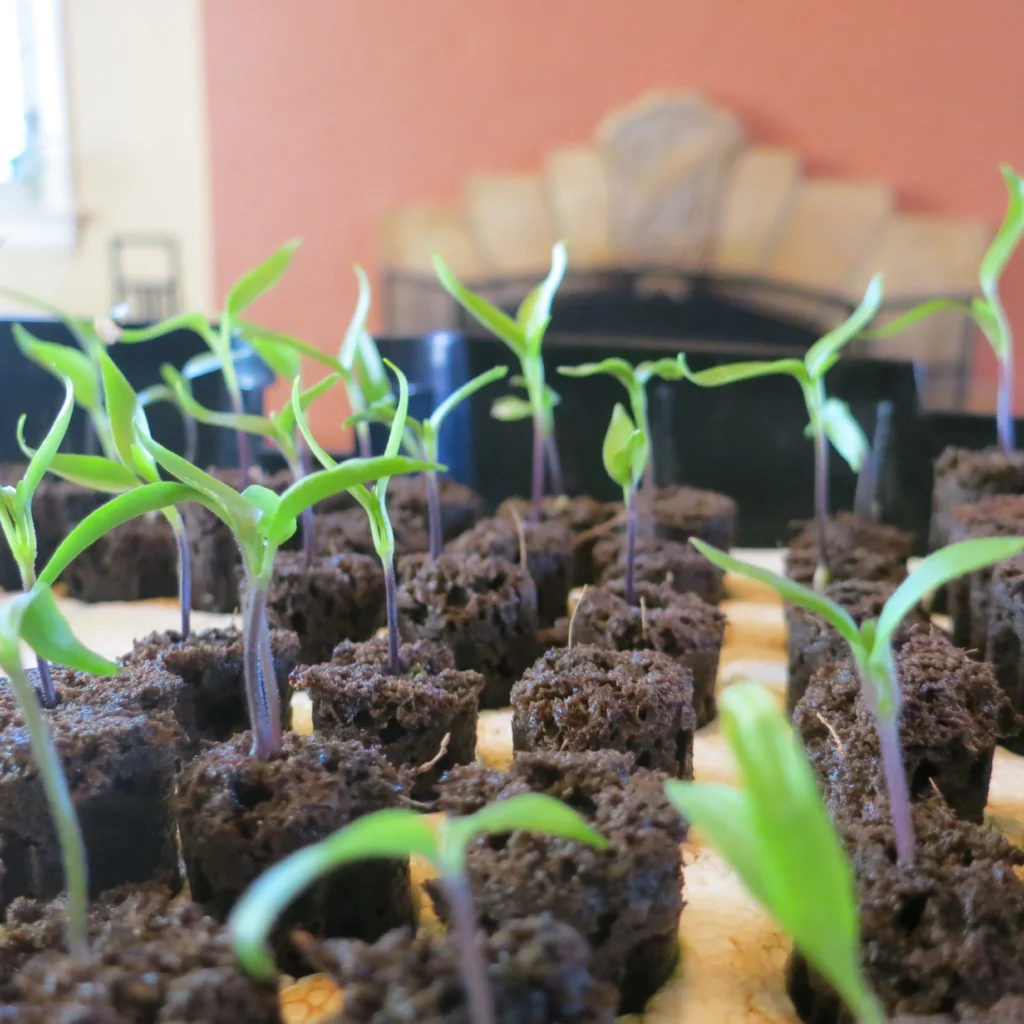
Harvest time depends on the variety and your preferences.
- Green Peppers: Harvest when the fruit is firm, shiny, and full-sized.
- Colored Peppers: Leave peppers on the plant to ripen into red, yellow, orange, or purple, depending on the variety. This takes additional time but results in sweeter flavor.
- Hot Peppers: Harvest once they reach desired size and color. For stronger heat, allow peppers to fully mature.
Use pruning shears or scissors to cut peppers, leaving a short stem attached to avoid damaging the plant.
10. Saving Pepper Seeds for the Future
If you want to grow peppers again, you can save seeds from ripe fruits.
- Choose healthy, fully ripened peppers.
- Scoop out seeds, rinse them, and let them dry completely on a paper towel.
- Store seeds in a cool, dry place in an envelope or airtight container.
Heirloom and open-pollinated varieties are best for saving seeds, as hybrids may not produce true-to-type plants.
Conclusion
Growing pepper plants from seeds successfully requires patience, preparation, and attention to detail. From choosing the right seeds and creating the perfect germination environment to caring for seedlings, transplanting, and harvesting, each step plays a vital role in your success. With consistent care, you can enjoy vibrant pepper plants loaded with delicious fruits right from your home garden.
Whether you love the sweetness of bell peppers or the fiery punch of hot chilies, your seed-starting efforts will reward you with fresh, homegrown produce that enhances your meals and brings satisfaction to your gardening journey.
